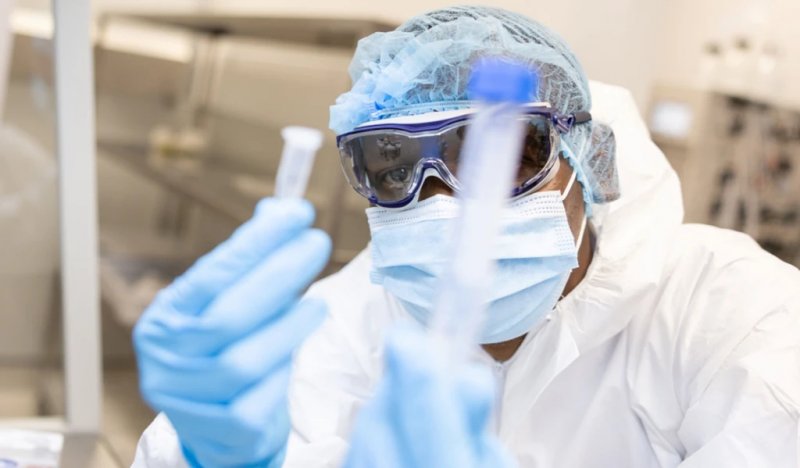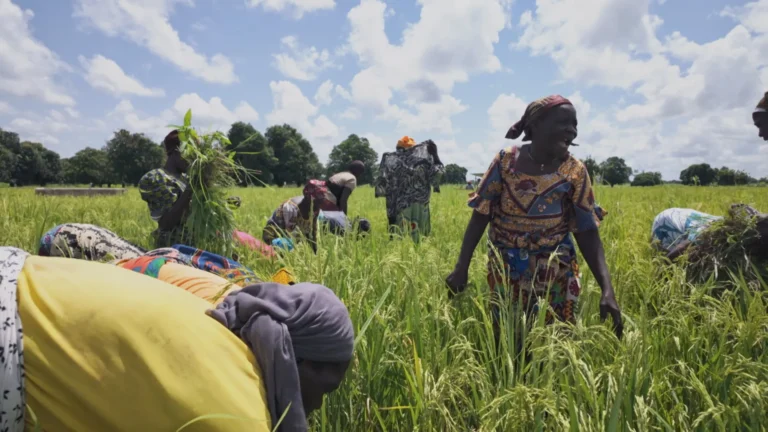
Senegal is grappling with a sudden outbreak of Rift Valley fever in the Saint-Louis region, where ten cases have been confirmed, including four fatalities in less than a week.
Authorities are racing to contain the virus, which poses both a public health risk and a threat to the pastoral economy.
The Ministry of Health confirmed that the first positive cases were detected on September 20 by the Pasteur Institute laboratory in Dakar.
Subsequent investigations, conducted jointly with the Livestock Services and Gaston Berger University, identified 26 individuals who had been in contact with infected patients. Six of them, showing symptoms, were tested, confirming the spread of the virus.
In response, the regional governor convened the Regional Epidemic Management Committee.
The North Zone Joint Advanced Coordination Unit has been activated to oversee field operations, including awareness campaigns and preventive measures.
Authorities have urged residents to follow strict hygiene guidelines, protect themselves when handling animals, and use treated mosquito nets to limit transmission.
Rift Valley fever, a viral zoonosis, primarily affects livestock but can also infect humans. Transmission occurs through contact with infected animal blood or organs, and via mosquito bites.
Symptoms in humans range from fever, headaches, and muscle pain to vomiting, while severe cases can cause neurological disorders, bleeding, or coma. The virus’s capacity to spread rapidly in rural areas has raised alarm among health officials.
The outbreak comes as Senegal is also managing confirmed cases of Mpox in Dakar, highlighting the strain on the national health system. The Saint-Louis region, a key livestock hub, faces potential economic losses if the virus continues to spread.
Authorities stress the importance of coordinated action between health and livestock services and urge vigilance among travelers and professionals working with animals.
The Ministry of Health extended condolences to the families of the deceased and reaffirmed its commitment to containing the outbreak, strengthening both human and animal disease surveillance in the region.



